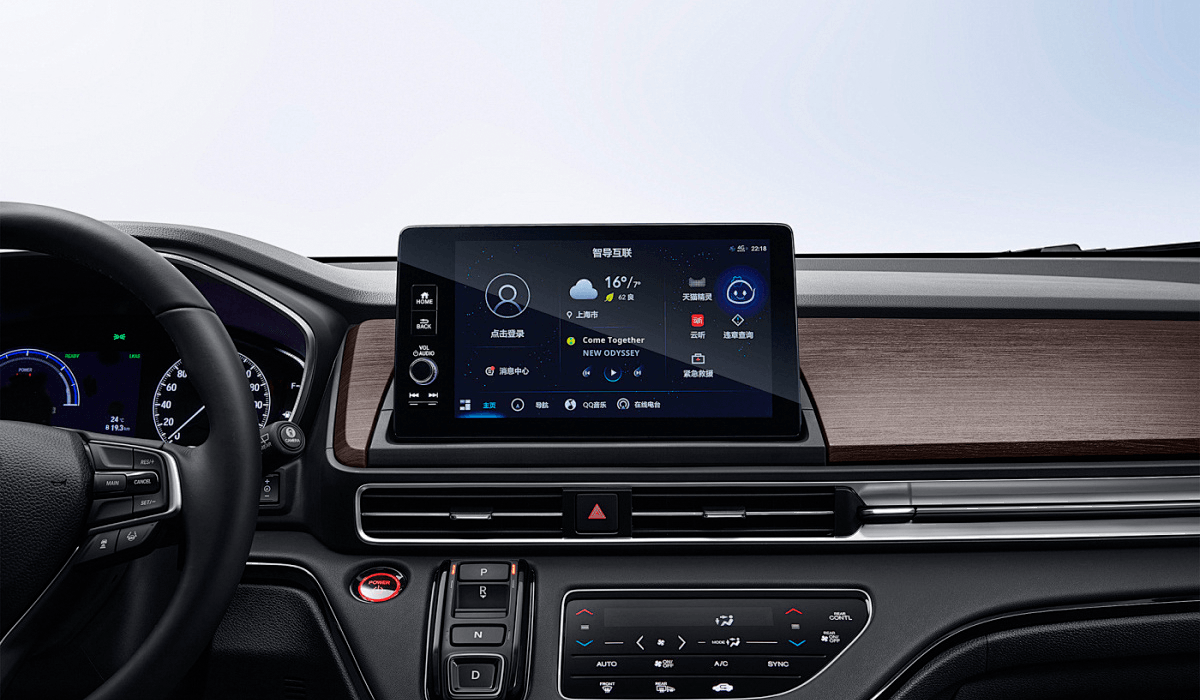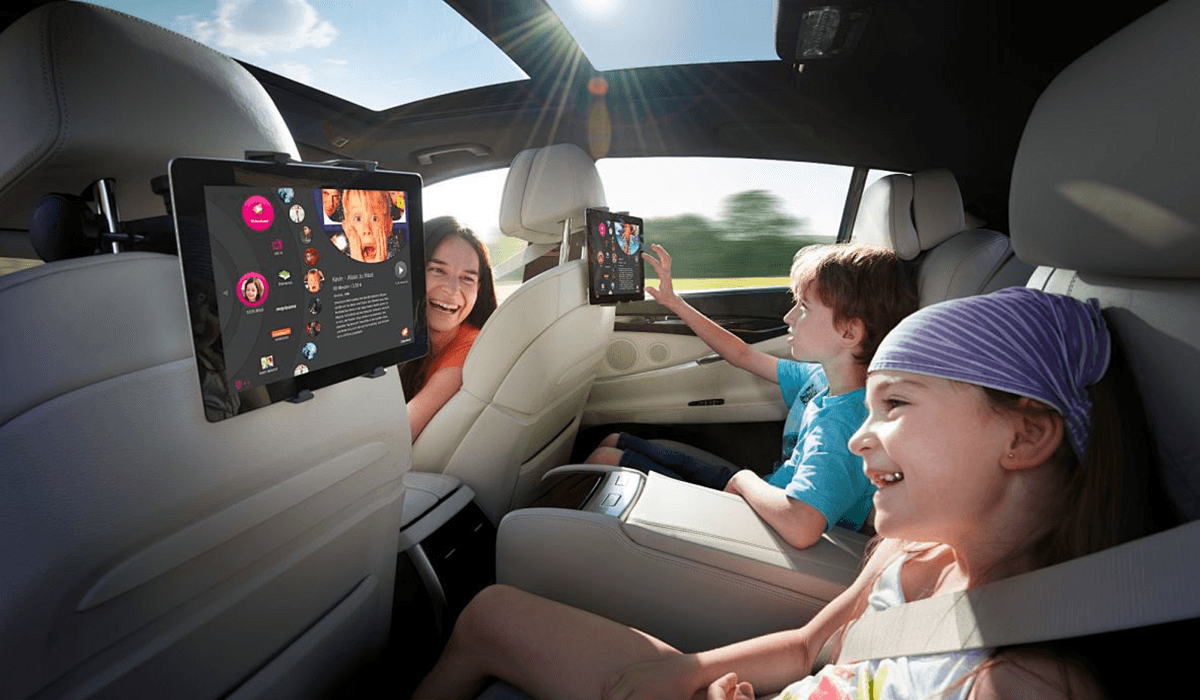The Diverse Evolution of In Vehicle Displays
11.19.2025
From simple mechanical gauges to intelligent large screens, the evolution of in vehicle displays witnesses the transformation of automobiles from "transportation tools" to "intelligent mobile spaces." Today, various displays within the cabin serve different functions, both safeguarding driving safety and enriching the driving experience, forming a complete human-machine interaction ecosystem.
As the core of driving information, the instrument panel display's mission is to accurately transmit driving data. Traditional mechanical gauges have been replaced by electronic screens. Mainstream full LCD instrument panels, with their high resolution and flexible display logic, can switch styles according to driving modes and can overlay navigation, auxiliary prompts, and other information, improving safety. High-end models' AR-HUD systems project information onto the windshield, achieving information integration with road conditions and further reducing the risk of distraction.

If the instrument panel is the "driving center," then the central control display is the "interaction core." Upgrading from a CD control screen to an intelligent large screen, its onboard system supports navigation, voice control, and other functions, making it key to human-vehicle connectivity. Innovative forms such as floating, continuous, and rotating displays balance convenience and a sense of technology. Meanwhile, operational safety is ensured through optimized touch response and the addition of physical shortcut keys.
The passenger-side infotainment display screen has become standard equipment in many models, providing entertainment functions such as watching movies and playing games for the front passenger, and allowing them to share navigation and music information with the driver. In high-end models, this screen can be linked with the rear-seat screen to create an in-vehicle entertainment network. Anti-glare technology and angle adjustment design ensure that the driver's view is not disturbed.

The cabin also features various "functional small screens": the air conditioning control screen replaces mechanical buttons, supporting precise adjustment and gesture operation; the rear-seat control screen allows passengers to independently adjust seats, lighting, etc.; and the charging status display screen in new energy vehicles provides real-time feedback on key information such as battery level and charging progress.
The industry is responding to user needs by offering more variety in the way it displays cars. From showing only the information you need to meeting your needs, from working on its own to working with other screens, this change makes the cabin smarter. In the future, technologies such as OLED flexible screens and AI interaction will create new forms, but the most important mission of making sure people are safe and enjoying themselves will not change.

